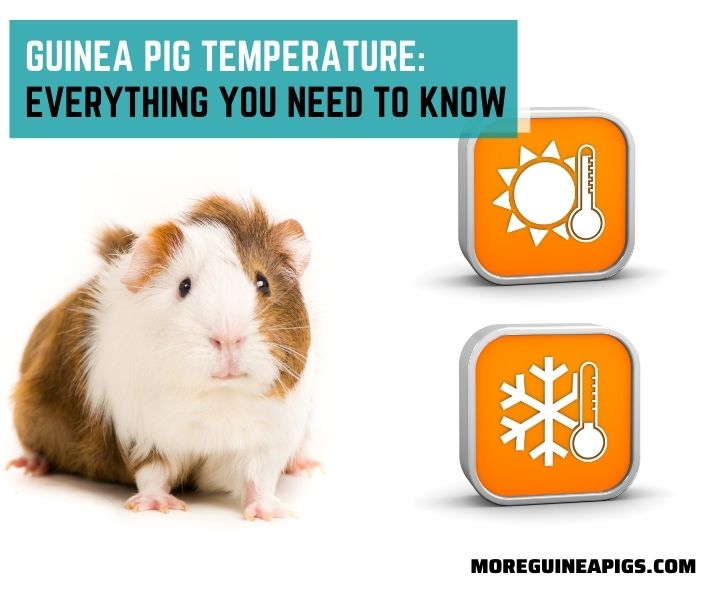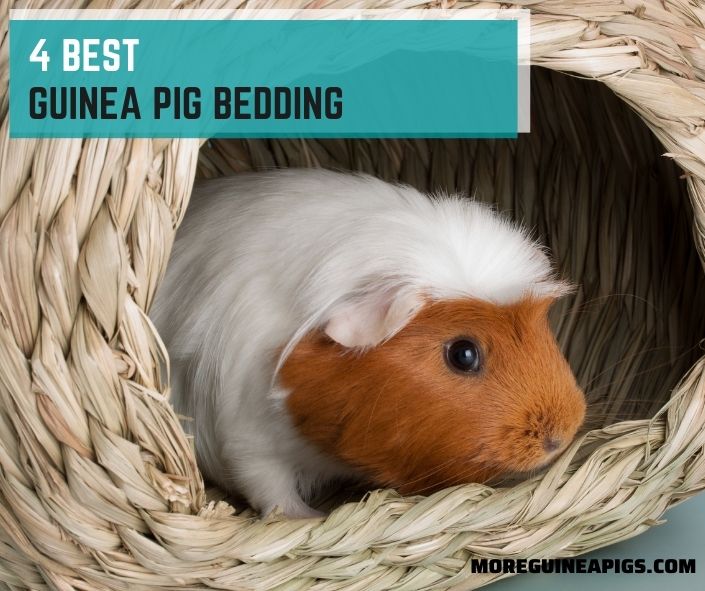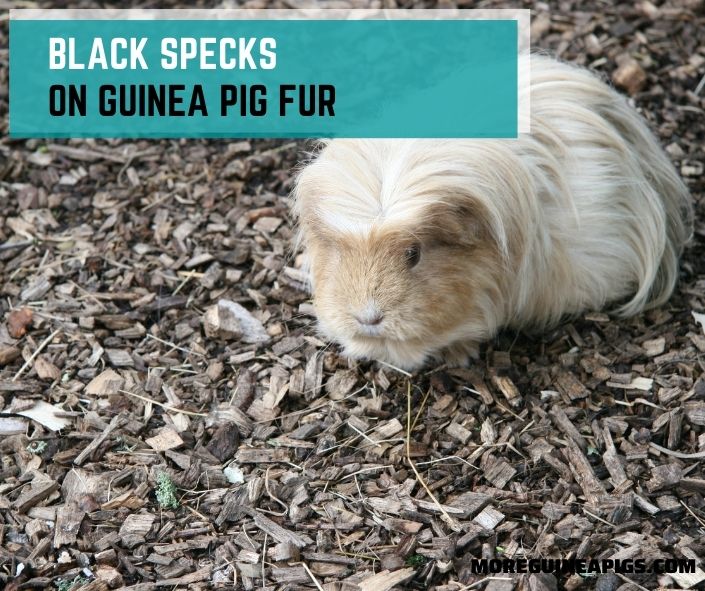Guinea Pig Temperature: Everything You Need To Know
Do you think of owning a guinea pig? And you wonder what ideal body temperature your pet requires? It’s imperative to know at what temperature guinea pigs can thrive.
You should know everything your guinea pigs require to stay healthy, comfortable, and jubilant as a potential owner.
Additionally, you should be aware of the optimum temperature range required by your guinea pig so that you make prompt actions while keeping your little friend.
Let us plunge into this article, where you will learn everything about guinea pig temperature and other vital information.
Guinea Pig Temperature Range
An ideal temperature for your guinea pig falls between 600 F and 750 F, and this will make your guinea pig comfortable and stay healthy.
Guinea pigs are sensitive to temperature fluctuations in their surroundings; for instance, too high or too low temperatures put their health at risk, as they will suffer from cold or heat stress leading to death in severe cases.
Unluckily, the guinea pig’s temperature tolerance is poor. This is far worse for young guinea pigs, which are more at risk than adult guinea pigs. Guinea pigs also do not sweat, so they cannot release heat from their furry bodies.
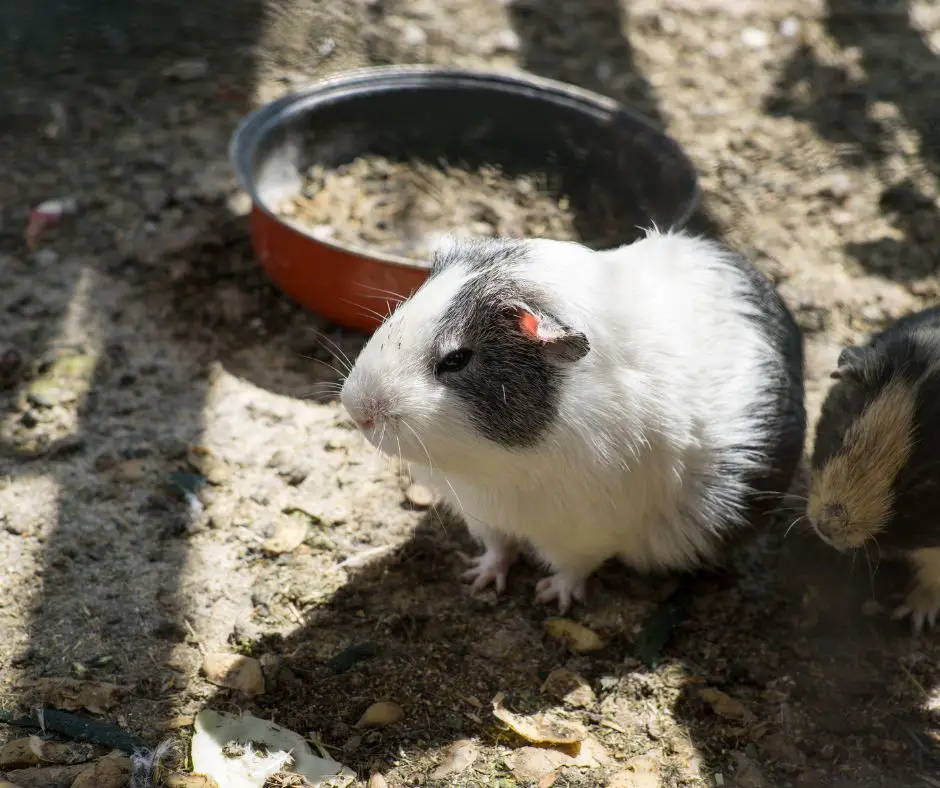
What Temperature Is Too Cold for Guinea Pigs?
Guinea pigs are sensitive to cold temperatures; as a result, when it falls below 600 F, it should be addressed right away.
Even though guinea pigs can generate heat in the body, too low temperatures will make them lose lots of heat to the surrounding.
The cold signs in guinea pigs are shivering, cold ears, huddling, purring sound, sleeping a lot, freezing, and reducing feed and water consumption.
Young, pregnant, old, and sick guinea pigs are at a greater risk of suffering from cold stress. That said, long exposure of your guinea pigs to cold is hazardous and will make them freeze to death or get respiratory problems.
If your guinea pig gets cold, take it to a hot place or an insulated enclosure or use heat lamps/pads to restore the normal body temperature of your guinea pig.
After that, provide warm beddings to keep it inside and free from drafts. Keep in mind to avoid the following tips: – avoid bathing your guinea pigs during winter and the pet going outside.
Also read: 4 Best Guinea Pig Bedding
What Temperature Is Too Hot for Guinea Pigs?
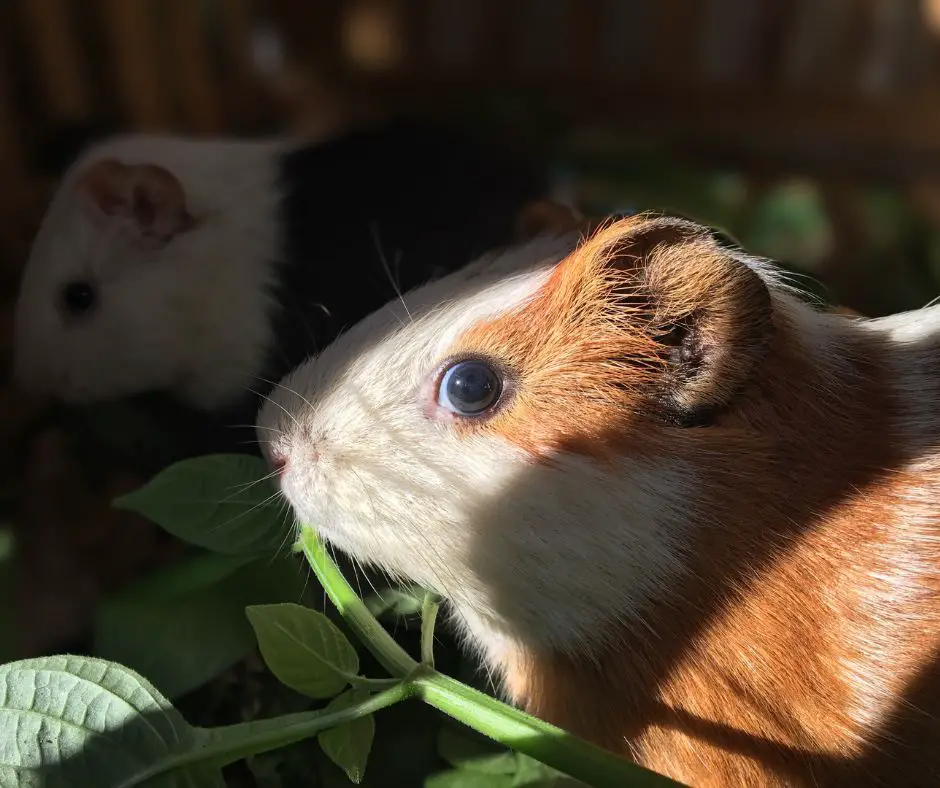
When the air temperature goes over 850 F, it should be addressed immediately. High temperatures are dangerous for your guinea pigs; as a matter of fact, they will suffer from heatstroke.
Heat Stroke signs in your guinea pigs will be: – excess drooling/slobbering, closing eyes, hiding under shade, lethargy, increased heart rate, fast pulse, and rapid/difficulty in breathing.
Young, pregnant, and old guinea pigs are at greater risk of heat stress. As a result, they cannot withstand long exposure to direct sunlight or high temperatures for long hours; they will die.
When you spot your guinea pig suffering from heat stress, immediately take it to a cooler area, dip a towel on warm water, and put it behind the ears to lower the body temperature.
Remember to seek your vet’s advice on taking care of your guinea pig if it has suffered from heat stress. In addition, avoid using very cold water as it will shock the guinea pig’s system.
How Do Guinea Pigs Regulate Body Temperature in the Wild?
While in the wild, guinea pigs have unique traits that enable them to regulate body temperature. To avoid overheating, guinea pigs burrow and hibernate during the hottest part of the day. Other animals abandon these burrows.
The temperature at the burrow is cooler since it is underground. Also, it provides shade from direct sunlight. Furthermore, guinea pigs drink a lot of water to cool off the body.
When it is cold, there will be less blood flow to the guinea pig’s skin to conserve the heat, whereas, during hot times, the blood flow increases to the skin to lower the body temperature.
Ears also play an important role; they vacillate in temperature and change color from pink to red as a blood vessel in the ear enlarges.
Red and hot ears help cool body temperature, while cold ears help warm up the body on chilly days.
5 Tips for Maintaining the Right Temperature for Your Guinea Pigs
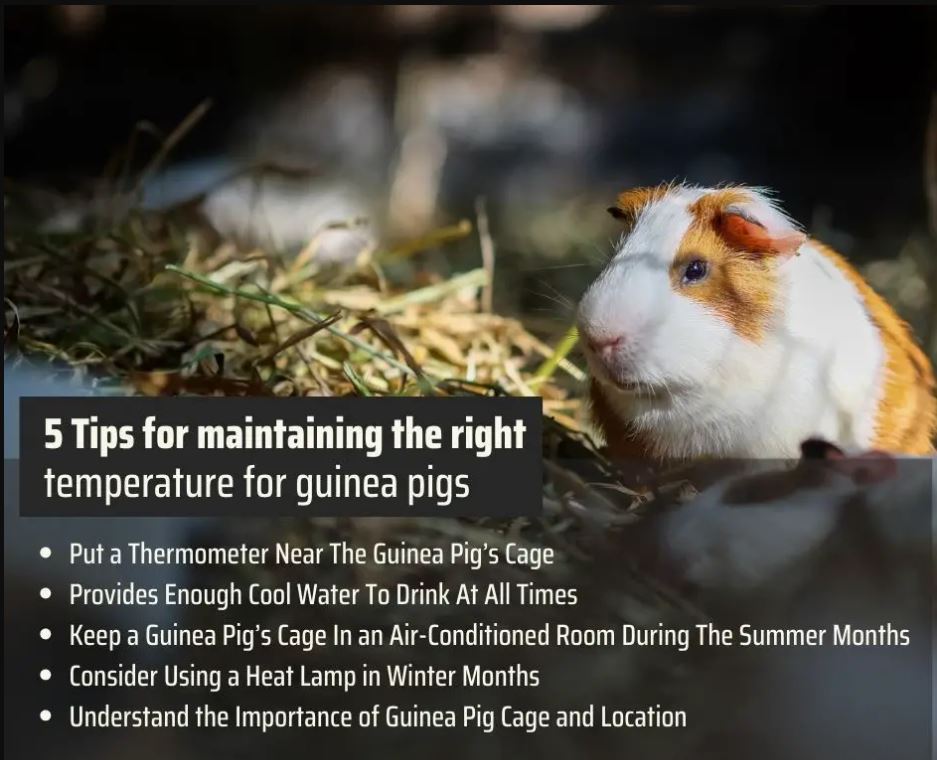
Providing an ideal temperature for your guinea pig is necessary to ensure it keeps warm, healthy, and comfortable. Just like other animals, guinea pigs too are warm-blooded.
They can generate heat to maintain a specific temperature in their body. That said, you must know every tip required to maintain the right temperature for your guinea pigs, as discussed below;
Put a Thermometer Near The Guinea Pig’s Cage
It is good to monitor the temperature around your guinea pig’s cage. Use a thermometer, which is an excellent device to keep near your guinea pig’s cage to monitor the temperature changes.
Luckily, a thermometer enables you to ensure that the right temperature is achieved for your guinea pig’s wellbeing and health.
Smart Guesser Digital Hygrometer Indoor Thermometer
Provides Enough Cool Water To Drink At All Times
Water is one of the most important factors to be considered for your guinea pigs during summer. You should provide plenty of fresh and clean water for your guinea pigs.
To achieve that, always ensure that at least two bottles are filled with water which will last the whole day. The water should be cool. This will make your guinea pigs drink a lot of water to cool their bodies.
In addition, consider giving fluid-rich foods, treats, and fruits such as melon, apple, and lambs lettuce. Change the food often to ensure they do not cause the gastrointestinal tract of your guinea pigs to ferment easily in the heat.
Also read: Do Guinea Pigs Know How To Use Water Bottle? – 7 Best Water Bottles for Guinea Pigs
Keep a Guinea Pig’s Cage In an Air-Conditioned Room During The Summer Months
As the pet owner, you should keep the cage where there will be good ventilation and indirect sunlight. But far away from windows, doors, and strong winds.
Good ventilation will help in the circulation of air in the room. Ensure it is protected from drafts. The way you are unlikely to endure a hot and poorly ventilated room, guinea pigs also feel the same stress.
Consider Using a Heat Lamp in Winter Months
You will use heat lamps during the winter months to keep your guinea pigs warm. Heat lamps are safe and secure for guinea pigs since your beloved friend will be warm without getting too hot.
However, you need to be cautious that your little cavy does not mess up with or topple the lamp. Hence, put it away from the enclosure and indirectly outside the cage.
Heat Lamp for Guinea Pig
Understand the Importance of Guinea Pig Cage and Location
The first contemplation should be the hutch where your guinea pig will dwell. It’s imperative to pick an ideal cage design and set a proper cage location for the overall well being of your piggy.
An ideal location and cage should have specific features that suit your guinea pigs, such as materials, cage size, and spacing. Guinea pigs are playful animals, and they like moving around and are sensitive to temperature fluctuations.
Therefore, an ideal location and cage design should incorporate that for the comfort of your friend. Let’s plunge in for more details about an ideal cage design and appropriate location.
- Choosing the cage largely depends on your pocket worth (cost), personal preferences, and needs like; cleaning, accessibility, materials, and spacing.
- When setting a location for the cage, you should keep in mind that guinea pigs are playful pets and like moving around and being indoors.
If you keep them in your household, you have to ensure there’s a safe and easeful environment inside your cage.
- The hutch should be placed away from any form of dangers like predators and harsh weather conditions such as strong winds, drafts, and temperature extremes.
- In addition, the cage should be spacious enough to allow your guinea pig to move comfortably and safely to keep themselves safe.
Also read:
Summary
To wrap, guinea pigs have qualities of splendor and royalty to make them worthy of keeping in your household. Understanding its environment will make it perform better and appreciate its value.
The goal is to ensure that you provide the right temperature in the environment your guinea pigs live in. Ensure the needs are met, such as space, access to water, and food.
